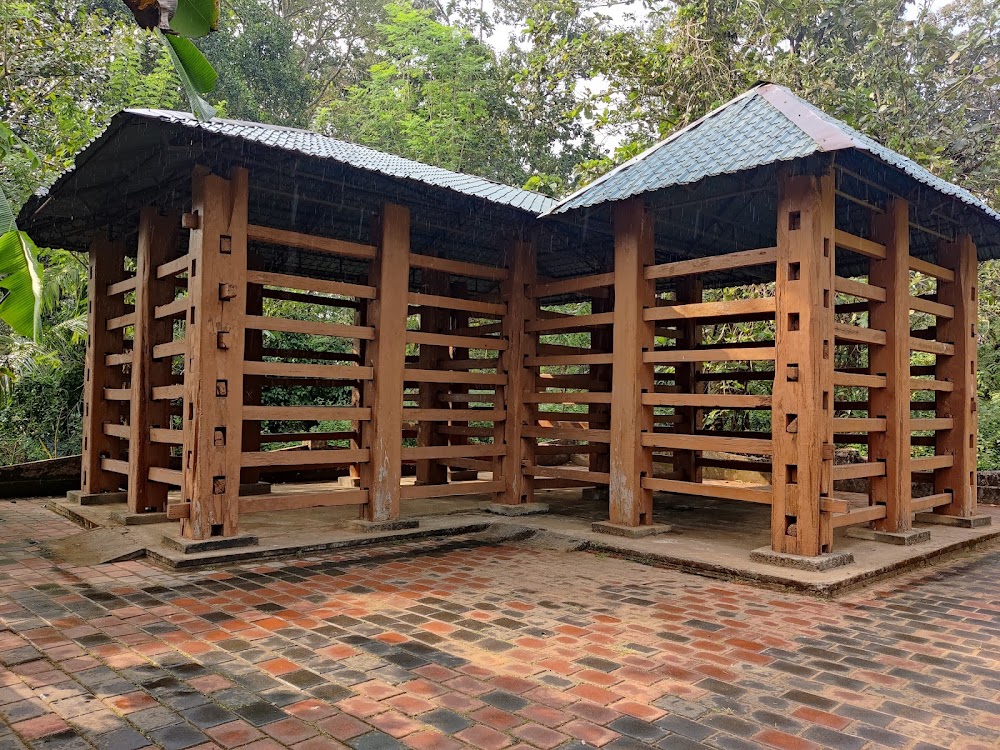Palais de Sikasso (Palais de Sikasso)
Overview
**Discovering the Palais de Sikasso: A Jewel of Malian History**
Nestled in the vibrant and culturally rich Sikasso Region of Mali, the **Palais de Sikasso** stands as an architectural gem that embodies the region's historical significance and grandeur. Often overlooked by the bustling crowds flocking to more popular tourist destinations, this remarkable palace offers a tranquil yet enriching journey into the heart of Malian history and culture.
The construction of the Palais de Sikasso commenced in the late 19th century under the rule of **Tiéba Traoré**, the King of Kenedougou. This majestic palace was part of a larger initiative to fortify the city of Sikasso against colonial invasions and internal conflicts. Its strategic importance, paired with its architectural magnificence, highlights the intricate blend of defense and artistry that characterizes Mali's historical sites. Tiéba Traoré's vision was clear: he aimed to create a residence that was not only functional but also a powerful symbol of resilience and cultural pride.
One of the most captivating features of the Palais de Sikasso is its **unique architecture**. Constructed predominantly from traditional materials such as mud bricks and wooden support beams, the palace exemplifies the **Sudano-Sahelian architectural style**. This design is notable for its use of organic materials that provide natural insulation, essential in Mali's hot, arid climate. The high, thick walls and intricately designed façades offer insight into the architectural ingenuity of the past, skillfully blending functionality with aesthetic appeal.
As visitors step onto the palace grounds, they are enveloped by a sense of historical grandeur. Inside, the palace captivates with several rooms that once served various royal functions. The **throne room** is particularly striking, showcasing artifacts and fittings that reflect the regal lifestyle of the Traoré dynasty. Visitors will be transported back in time by the intricately carved wooden doors and window shutters, along with decorative motifs that adorn the walls, evoking the palace's role as the epicenter of governance and culture in its heyday.
Beyond its architectural beauty, the Palais de Sikasso represents the region's resilience and cultural heritage. Having survived numerous conflicts, including the resistance against French colonial forces, the palace stands today as a poignant reminder of the rich history and enduring spirit of its people. Its survival through turbulent times speaks volumes about its construction and the commitment of the local community to preserve their heritage.
The palace is also surrounded by **meticulously designed gardens**, which symbolize various aspects of Malian culture and nature. Once private sanctuaries for the royal family, these gardens now provide a serene environment for visitors to reflect on the historical significance of the site. The lush greenery and carefully arranged flora present a striking contrast to the arid landscape typical of the Sikasso Region. It is said that these gardens served both leisure and ceremonial purposes, adding another layer of historical and cultural depth to the palace grounds.
The surrounding city of Sikasso enhances the allure of visiting the palace. Known for its rich cultural traditions, including the famous **Sikasso Festival**, the city offers a vibrant blend of music, dance, and cuisine. Visitors to the Palais de Sikasso can further enrich their experience by exploring local markets, savoring traditional Malian dishes, and enjoying the warm hospitality of the local community. The annual festival showcases traditional masks, performances, and crafts, providing an immersive cultural experience that beautifully complements a visit to the palace.
Additionally, the Palais de Sikasso serves as an **educational site** where local guides share detailed narratives about the history and significance of the palace. Their stories breathe life into the events and personalities that shaped the history of Sikasso and the larger Kenedougou kingdom. These guided tours offer visitors a deeper understanding of the palace's historical context and its profound impact on the region.
In conclusion, the Palais de Sikasso is more than just a historical site; it is a journey into the past that opens a window to Mali's cultural and historical roots. Its magnificent architecture, rich history, and intriguing stories make it an essential destination for anyone interested in the heritage of West Africa. As you wander through its halls and gardens, you will not only witness the grandeur of a bygone era but also gain a profound appreciation for the resilience and cultural richness that continue to define the Sikasso Region today.



